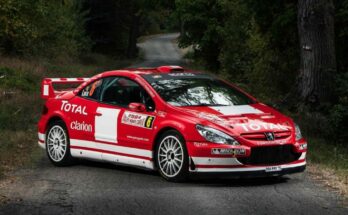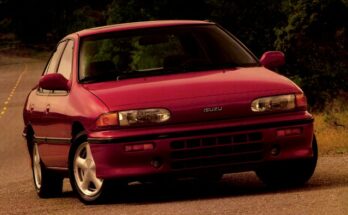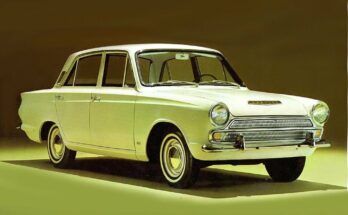Japanese automaker Mitsubishi was known for making fun-to-drive road cars with racing DNA. Cars such as Lancer, Pajero, and Galant, especially during the 1980s, won the hearts of auto enthusiasts not just due to their styling & equipment but their bustling performance as well.
Related: Remembering the Legendary Mitsubishi Lancer Evo
Although the Lancer Evo is likely the vehicle that most people today picture when considering Mitsubishi’s history in racing, the automaker has previously won championships with a number of other vehicles. Among those was the Galant VR-4, where VR-4 means Viscous Realtime 4WD.
Galant VR-4- How It All Started?
Mitsubishi put its official rally program on hold in 1977, but it was revived in 1981 with the shipment of two Lancer EX2000 Turbos to Greece with Team Ralliart. In that year’s final RAC rally in the UK, Mitsubishi’s return to rallying netted it only a 9th-place finish. Mitsubishi suspended its rally program for the second half of 1982, spending that time improving its rally cars.
Related: Remembering Mitsubishi Cars From the 1980s
This strategy paid off, as Mitsubishi finished third overall in Finland’s 1000 Lakes Rally in August. Mitsubishi persisted in their rallies and later entered racing with the Starion 4WD. The Starion 4WD was designed with Group B rallying in mind, but the class was banned before it had a chance to shine.
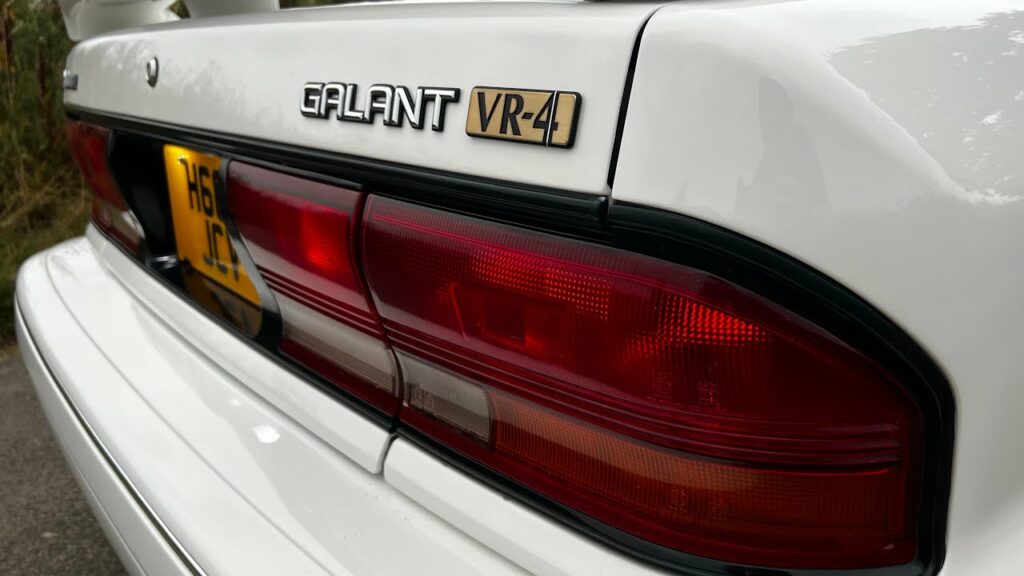
Another landmark moment in Mitsubishi’s history occurred in the late 1980s when the company’s Galant received some significant firepower to compete in Group A rallying. But the Galant was not just going to get that fiery rally edition. AMG, which was still a small independent tuner at the time, also produced a super-rare version of the Galant with additional power and distinctive style.
6th-Gen Galant Debuts
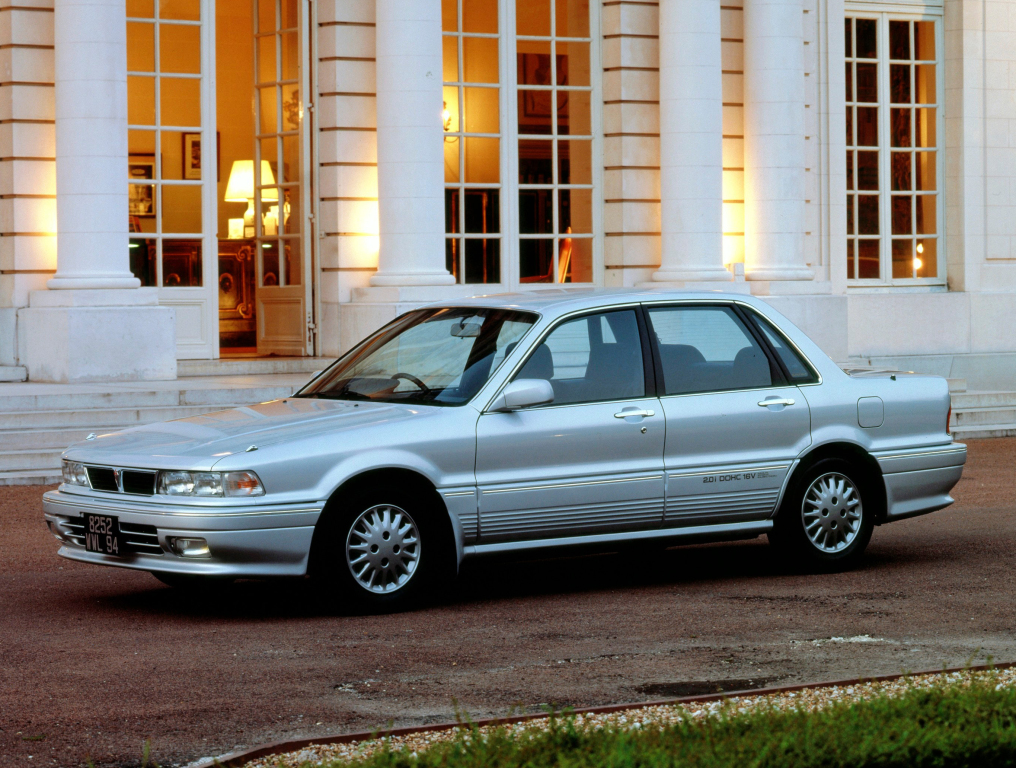
The 6th-generation Mitsubishi Galant was launched in 1987. During this era, Japanese automakers riding in the so-called Bubble Economy were showing off novel new technology while cranking up the horsepower of their wares. Mitsubishi said that in developing the 6th-generation Galant, it made a car that “answers the needs and requirements of those who have a clearly defined sense of values and who seek the genuine article“.

The automaker’s advertising further described the then-new Galant as “the individual 4-door.” As for its design, here’s how Mitsubishi describes it:
Its muscular organic form crafted from a “reverse-slant nose”, tall stance and body sides which undulated like a wave from top to bottom really stood out among the low and wide proportions that were the fashion at the time.
The highlight of the 6th-gen Galant is what Mitsubishi called the Active Four component systems. Mitsubishi was really obsessed with the number 4, as the engine under the hood was a 4-valve DOHC unit, the drivetrain had an available 4-wheel-drive system with a viscous coupling center differential, and the car had a 4-wheel independent suspension, 4-wheel steering, and 4-wheel ABS.
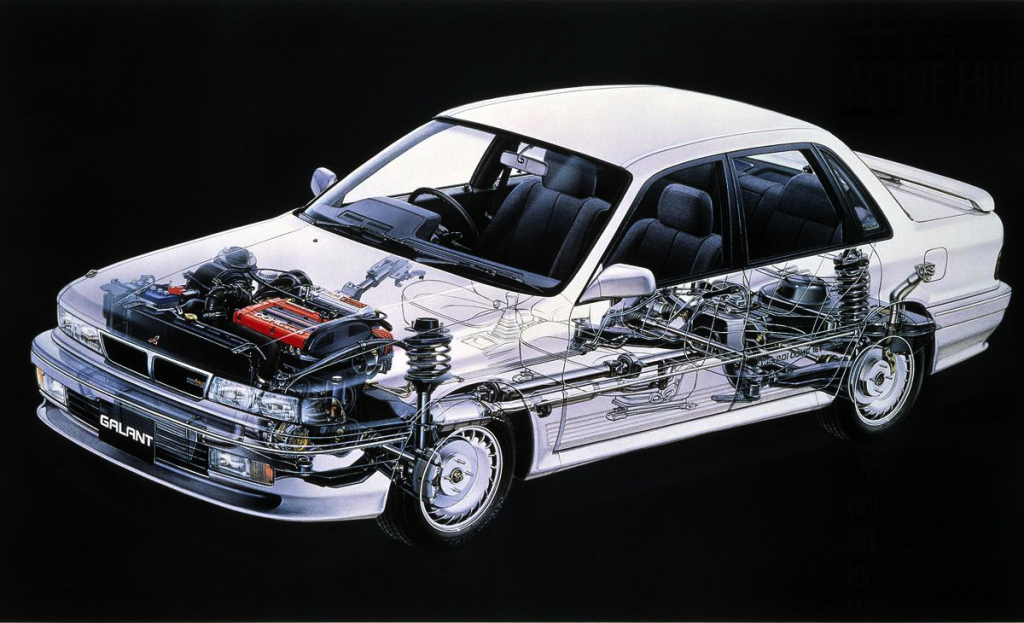
The Airtech suspension, which Mitsubishi claims to be the first production electronically controlled suspension system in a passenger car, was an option for models without four-wheel drive. The automaker further claims that the Galant is the first production car to feature all of the Active Four systems at the same time. The car also featured power-assisted speed-sensitive 4-wheel steering: the rear wheels steered in the same phase as the front wheels above 48 km/h, up to 1.5 degrees.

The transmission could either be a 5-speed manual transmission or an INVECS-II, which was now an advanced self-learning 5-speed automatic transmission derived from earlier Porsche technology. The large 4-door car of this size could achieve a top speed of over 210 km/h and could go from 0 to 100 km/h in around 7.3 seconds.
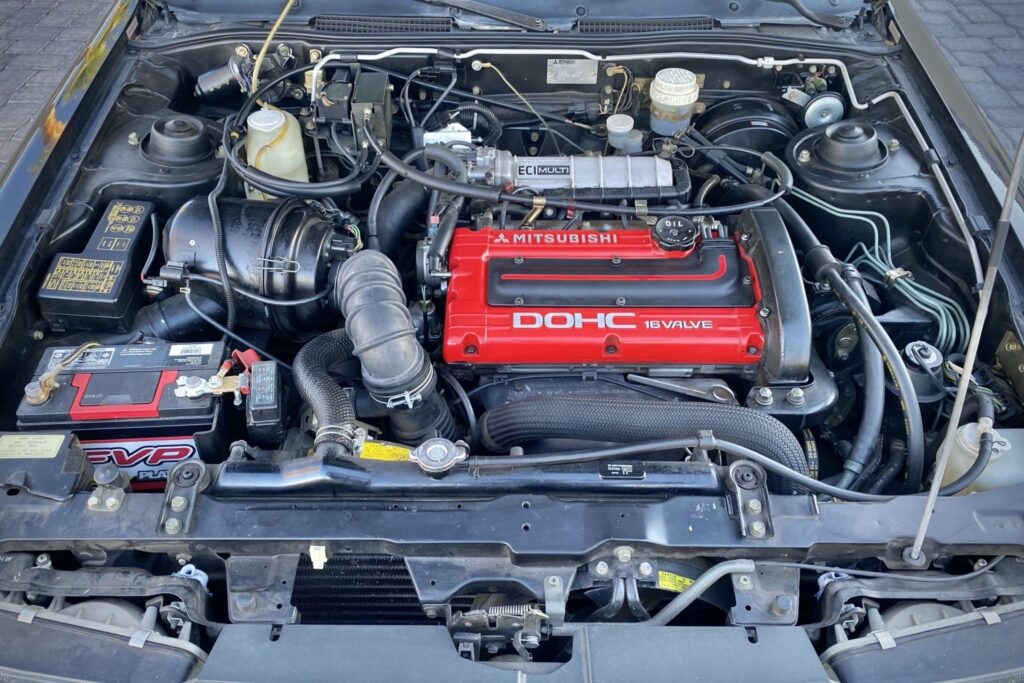
This is all to say that the 6th-generation Galant came loaded with all kinds of 1980s technology. It’s no surprise that the Galant won the Car of the Year Japan award in 1987 and in the USA, one of its key export destinations, the Import Car of the Year from Motor Trend in 1989.
A Technological Wonder
Mitsubishi didn’t just produce a technological wonder, but it also turned the Galant into a fierce competitor. With full-time 4-wheel drive and 4-wheel steering, the Japanese automaker fitted a 4G63T 2.0-liter turbocharged four-cylinder engine into the Galant. According to Mitsubishi, the rally car produced more than 300 horses right out of the gate and was extremely successful on the dirt.
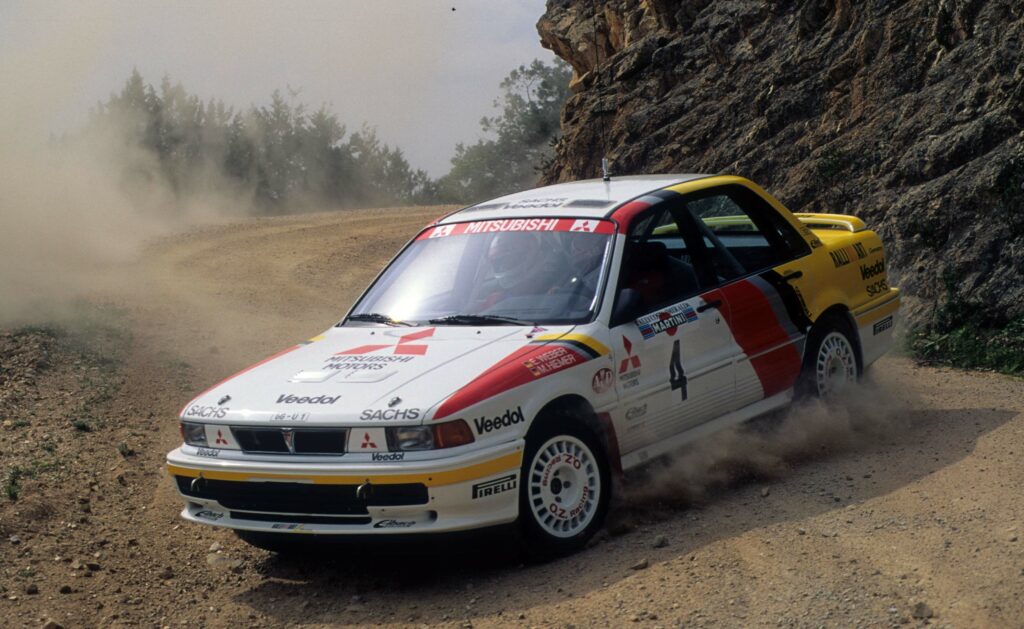
The Galant VR-4 managed to win several awards at many races within just a few years. It won overall in the 1989 WRC 1000 Lakes Rally, which Mitsubishi says was its first WRC victory since the Lancer won the Safari Rally in 1974 and 1976. The Galant VR-4 was also taken to wins in the Asia-Pacific Rally Championship, the American National GT Championship, the 1989 Lombard RAC Rally, and the 1991 Swedish Rally.
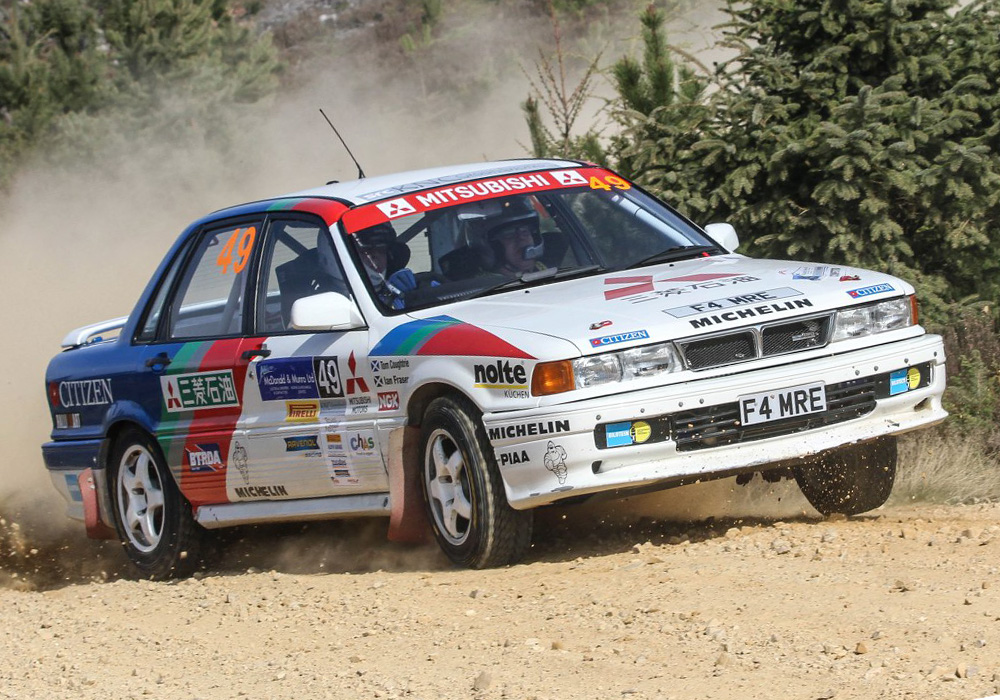
Involvement of AMG
Many might not know that AMG also got involved with the 6th-generation Galant. Not much is known about why Mitsubishi and AMG got together on a variant of the Galant. Mitsubishi’s website contains just one statement about the Galant AMG: In 1989 the lineup was joined by the Galant AMG, with modifications by German tuning company AMG.
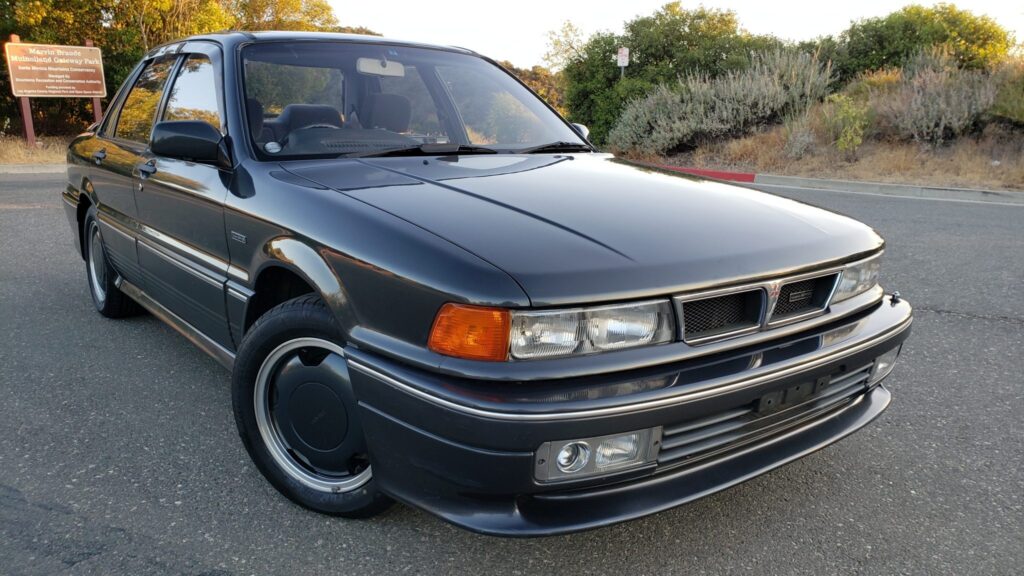
Mercedes-Benz purchased a controlling interest in AMG in 1998. Before that, the company was independent and free to work with any company it wanted to. A limited number of these Galant AMG models were produced which were intended to be sold in the Japanese market. The Galant AMG was a different take on making the Galant faster. AMG took the 4G63 2.0-liter engine and gave it stronger internals, new pistons, more aggressive cams, and a free-flowing exhaust. The result was an output of 168 hp and 192 Nm, up about 25 horses and 19 Nm torque from the standard engine. Redline also jumped to 8,000 RPM, up about 1,000 from the standard engine and even the VR-4.
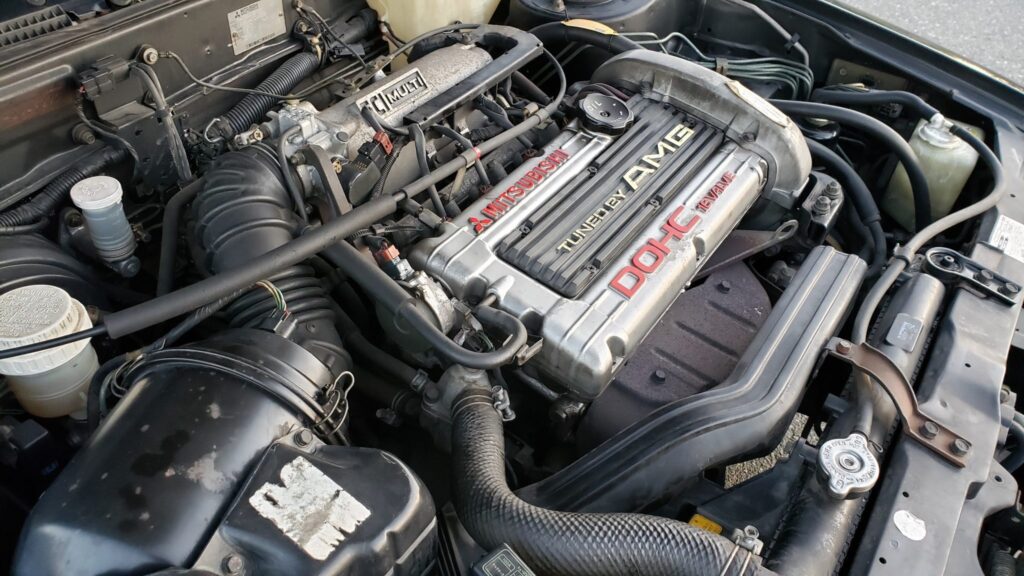
In addition, the Galant AMG had leather upholstery, an all-black interior, a wood shift knob, 15-inch wheels, and a body kit. Besides being extremely uncommon, it was also a bit of an oddball. In Mitsubishi’s account of its own history, it is seldom even mentioned. And it was one of the few times AMG touched something unrelated to Mercedes.
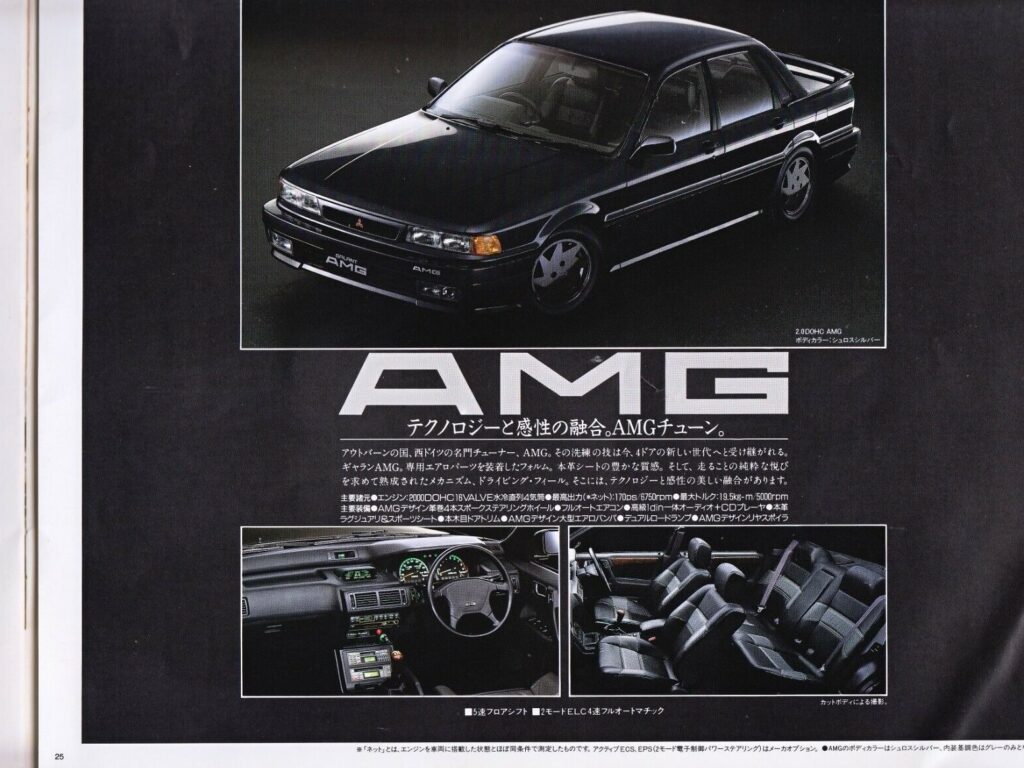
The Torch Was Passed to Lancer Evo in 1992
Once its production run was completed, the 6th generation Galant passed on the speed torch to the Lancer, which would later evolve into the Lancer Evolution. By all accounts, the Galant VR-4 is worthy of being a legend. Some people also refer to it as “Evo 0” as it was very much the predecessor to the Lancer Evolution.
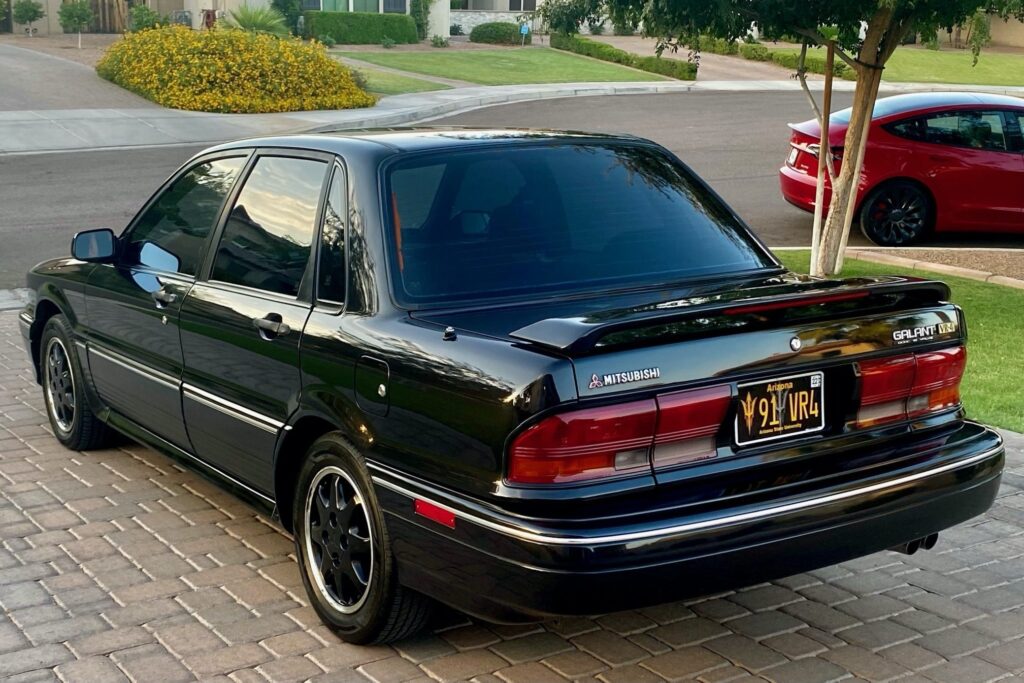
Mitsubishi Today
It’s really unfortunate that Mitsubishi, which was once known as a global player having produced heart-pounding automobiles, then shrank to nothingness, eventually came under Nissan’s sway, and now only produces little kei cars, some pickup trucks & MPVs that are only sought-after in specific markets of the world.

A computer animation professional with over 23 years of industry experience having served in leading organizations, TV channels & production facilities in Pakistan. An avid car enthusiast and petrolhead with an affection to deliver quality content to help shape opinions. Formerly written for PakWheels as well as major publications including Dawn. Founder of CarSpiritPK.com

